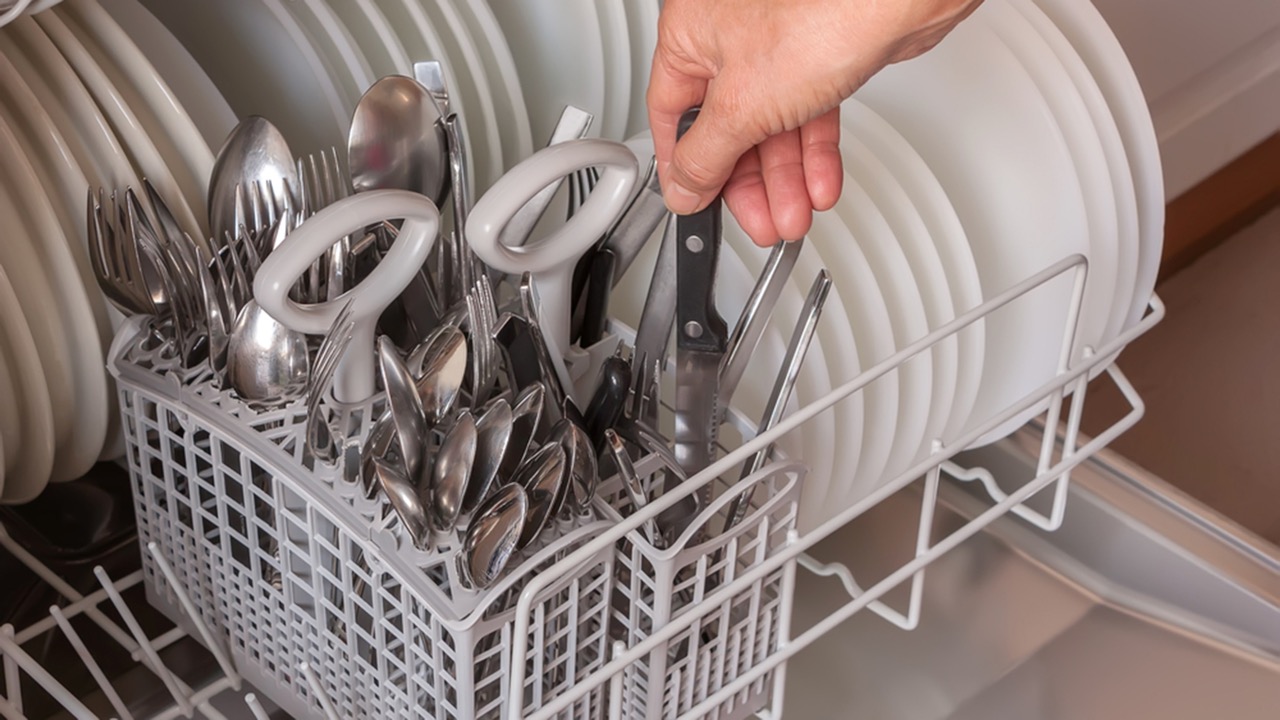

Articles
How To Drain A Bosch Dishwasher
Modified: May 6, 2024
Learn how to properly drain your Bosch dishwasher with our step-by-step guide. Read our informative articles for helpful tips and tricks.
(Many of the links in this article redirect to a specific reviewed product. Your purchase of these products through affiliate links helps to generate commission for Storables.com, at no extra cost. Learn more)
Introduction
Having a dishwasher has become an essential part of many households, simplifying the task of cleaning dirty dishes and utensils. However, like any other appliance, dishwashers can sometimes encounter issues that require troubleshooting and maintenance. One common problem that can occur is a clogged or blocked drain system.
A clogged drain in a dishwasher can lead to standing water and prevent the machine from functioning properly. If you own a Bosch dishwasher and are experiencing this issue, there are steps you can take to drain the dishwasher and get it back up and running. In this article, we will guide you through the process of draining a Bosch dishwasher effectively.
It’s important to note that before you begin any maintenance or repair on your dishwasher, you should always consult the manufacturer’s manual for specific instructions. Additionally, if you’re not confident in your abilities or the problem persists after attempting these steps, it’s best to contact a professional dishwasher repair service.
Now, let’s get started with the step-by-step process of draining your Bosch dishwasher!
Key Takeaways:
- Ensure safety by turning off the power, removing the bottom rack, and detaching the drain hose before manually draining a Bosch dishwasher. Regular maintenance and cleaning of filters can enhance dishwasher efficiency and lifespan.
- Following the step-by-step guide and prioritizing safety can effectively address drainage issues in a Bosch dishwasher. Proper preparation, manual draining, and reattaching the drain hose are essential for maintaining optimal dishwasher performance.
Read more: How To Load A Bosch Dishwasher
Step 1: Preparation
Before you begin the process of draining your Bosch dishwasher, it’s important to gather the necessary tools and create a safe working environment. Here are the steps you should follow for proper preparation:
- Ensure safety: Before working on any electrical appliance, make sure to turn off the power supply to the dishwasher. Locate the circuit breaker or fuse box and cut off power to the dishwasher.
- Gather supplies: To effectively drain your Bosch dishwasher, you’ll need a few essential tools, including a pair of gloves, a flashlight, a bucket or large container, and a towel or absorbent cloth.
- Clear the area: Clear any items that may obstruct your access to the dishwasher. This includes removing dishes, utensils, and any objects that may be stored in or around the dishwasher.
- Read the manual: Familiarize yourself with your dishwasher’s manual to understand the specific location of the drain hose and any other components that may need attention during the draining process.
- Protect the flooring: Place a towel or absorbent cloth under the dishwasher to catch any water that may spill during the draining process. This will help prevent damage to the flooring and make cleanup easier.
By completing these preparation steps, you’ll ensure that you have the necessary tools and a safe working environment to effectively drain your Bosch dishwasher. With these preparations in place, let’s move on to the next step, which involves turning off the power to the dishwasher.
Step 2: Turning off the power
Before you begin working on the drain system of your Bosch dishwasher, it’s crucial to turn off the power to ensure your safety. Follow these steps to turn off the power:
- Locate the circuit breaker or fuse box: In most homes, the circuit breaker or fuse box is located in the basement, utility room, or garage. Find the appropriate breaker or fuse that controls the dishwasher’s power.
- Switch off the power: Once you’ve located the correct breaker or fuse, flip the switch to the “Off” position. This will cut off power to the dishwasher, ensuring that there is no electrical current flowing to the appliance.
- Double-check the power: To confirm that the power is truly off, attempt to turn on the dishwasher. If it doesn’t turn on, you’ve successfully turned off the power.
- Take precautions: Even after turning off the power, it’s a good practice to use caution when working with electrical appliances. Avoid touching any exposed wires or metal parts to minimize the risk of electric shocks.
By following these steps, you’ve successfully turned off the power to your Bosch dishwasher, ensuring your safety while working on the drain system. Now that the power is off, we can move on to the next step, which involves removing the bottom rack of the dishwasher.
Step 3: Removing the bottom rack
Now that you have turned off the power to your Bosch dishwasher, the next step is to remove the bottom rack. Follow these instructions to safely remove the bottom rack:
- Open the dishwasher: Gently pull the dishwasher door open. Ensure that it is fully open and can remain in a stable position while you work.
- Remove any dishes or utensils: Clear out any dishes, silverware, or other items that are in the bottom rack of the dishwasher. Set them aside or place them in the sink for cleaning later.
- Locate the release tabs: On either side of the bottom rack, near the front, you will find release tabs. These tabs are usually located towards the center of the rack.
- Press the release tabs: Using your thumb or fingers, press the release tabs inward. This will disengage them from the tracks, allowing you to slide the rack out.
- Slide out the bottom rack: With the release tabs pressed in, slowly and carefully pull the bottom rack towards you. Keep a firm grip on the rack to prevent it from slipping or tipping.
- Set aside the bottom rack: Once you’ve fully removed the bottom rack, set it aside in a safe and stable location. Be mindful of any water that may have accumulated on the rack and take precautions to prevent slipping.
By following these steps, you have successfully removed the bottom rack of your Bosch dishwasher. This will provide you with easier access to the drain system and other components that may need attention. In the next step, we will guide you on how to locate the drain hose in your dishwasher.
Step 4: Locating the drain hose
In order to properly drain your Bosch dishwasher, you’ll need to locate the drain hose. Follow these steps to find the drain hose:
- Inspect the back of the dishwasher: Start by examining the back of your Bosch dishwasher. Look for a large, flexible hose that is connected to the base of the dishwasher.
- Identify the drain hose: The drain hose is typically made of rubber or plastic and is usually thicker and wider than the other hoses connected to the dishwasher.
- Follow the path of the drain hose: Trace the drain hose from the back of the dishwasher to where it leads. It may connect to the sink’s drainage system, the garbage disposal, or a dedicated drain pipe.
- Check for any blockages or kinks: Inspect the drain hose for any visible blockages or kinks that may be obstructing the flow of water. Clearing these blockages will help ensure a smooth drainage process.
- Make note of the hose connection: Take note of how the drain hose is connected to the dishwasher. This will be helpful when reattaching the hose later in the process.
By following these steps, you should now have located the drain hose in your Bosch dishwasher. Understanding the path and connection of the drain hose will be useful in the next steps when we detach the drain hose and manually drain the water. Let’s move on to the next step and learn how to detach the drain hose.
Read more: How To Start A Bosch Dishwasher
Step 5: Detaching the drain hose
To effectively drain your Bosch dishwasher, you’ll need to detach the drain hose. Follow these steps to safely detach the drain hose:
- Ensure the power is still off: Before proceeding, double-check that the power to the dishwasher is still turned off. Safety should always be a top priority.
- Prepare a container: Place a bucket or a large container near the dishwasher to catch any water that may flow out when detaching the drain hose.
- Locate the clamp: The drain hose is usually secured to the dishwasher with a clamp. Identify the clamp that is holding the drain hose in place.
- Loosen the clamp: Use a screwdriver or pliers to loosen the clamp and separate it from the dishwasher. This will release the drain hose.
- Gently pull out the drain hose: Carefully pull the drain hose out from its connection point. Be cautious of any water or debris that may come out with the hose.
- Empty the drain hose: Once the drain hose is detached, hold it over the container and allow any excess water to drain out. This step will help prevent spills and leaks during the cleaning process.
By following these steps, you have successfully detached the drain hose from your Bosch dishwasher. This will enable you to proceed with manually draining the water in the next step. Remember to exercise caution while removing the hose, and be prepared for any water that may be released. Let’s move on to step six, where we will manually drain the water from the dishwasher.
To drain a Bosch dishwasher, first, remove the bottom rack and use a sponge or towel to soak up any standing water. Then, locate the drain hose and remove any clogs or kinks. Finally, run a short cycle to test if the drainage issue has been resolved.
Step 6: Draining the water manually
Now that you have detached the drain hose from your Bosch dishwasher, it’s time to manually drain the water. Follow these steps to ensure an effective manual draining process:
- Position the drain hose: Position the end of the drain hose inside the bucket or container that you have prepared. This will allow the water to flow directly into the container, preventing any mess or water damage.
- Open the dishwasher door: Gently open the dishwasher door fully to provide better access to the inside of the dishwasher.
- Remove any standing water: Using a cup or a small container, begin to remove any standing water from the dishwasher. Empty it into the bucket or container that is collecting the water from the drain hose.
- Check for additional water sources: While removing the standing water, be on the lookout for any additional sources of water within the dishwasher. Some models may have a sump area or a filter that may hold water. Empty these areas as well.
- Continue until water stops flowing: Keep emptying the standing water from the dishwasher until it stops flowing out through the drain hose. This indicates that you have successfully drained the water from the dishwasher.
- Inspect for any debris: Take a moment to inspect the inside of the dishwasher for any debris or food particles. Remove any large debris that may have accumulated, as these can potentially clog the drain system.
By following these steps, you have successfully drained the water manually from your Bosch dishwasher. This will help alleviate any excess water and prepare the dishwasher for further maintenance. In the next step, we will guide you on how to clean the filters to ensure proper functioning of your dishwasher.
Step 7: Cleaning the filters
Regular cleaning of the filters in your Bosch dishwasher is essential to maintain its optimal performance. Follow these steps to clean the filters effectively:
- Locate the filters: The filters in a Bosch dishwasher are typically located at the bottom of the dishwasher, beneath the bottom rack. They may be labeled as “filter assembly” or “trap assembly.”
- Remove the filters: Carefully remove each filter from its designated slot. Depending on your dishwasher model, there may be multiple filters, such as a coarse filter, fine filter, and microfilter.
- Rinse with warm water: Rinse each filter under warm water to remove any accumulated debris, food particles, or residue. Use your fingers or a soft brush to gently scrub away any stubborn debris.
- Inspect for damage: While cleaning, inspect the filters for any signs of damage, such as cracks or tears. If you notice any damage, it may be necessary to replace the filters to ensure proper functioning.
- Clean the filter housing: Once the filters are clean, inspect the filter housing for any debris or buildup. Use a damp cloth or a soft brush to clean the housing thoroughly, removing any residue or particles.
- Reassemble the filters: Once the filters and filter housing are clean and dry, reassemble them by placing each filter back into its designated slot. Ensure that they fit securely and snugly in place.
By following these steps, you have successfully cleaned the filters in your Bosch dishwasher. Cleaning the filters regularly will prevent clogs and ensure that your dishwasher operates at its best performance. Now that the filters are clean, we can proceed to the next step, which involves reattaching the drain hose.
Step 8: Reattaching the drain hose
Now that you have cleaned the filters in your Bosch dishwasher, it’s time to reattach the drain hose. Follow these steps to ensure a proper reattachment:
- Check the drain hose connection point: Before reattaching the drain hose, inspect the connection point on the dishwasher to ensure it is clean and free from any debris or residue. Wipe it down if necessary.
- Position the drain hose: Align the end of the drain hose with the connection point on the dishwasher. Make sure it fits securely and snugly into place.
- Secure with a clamp: Once the drain hose is in position, use a screwdriver or pliers to tighten the clamp around the hose and secure it to the dishwasher. Ensure that the clamp is tight enough to prevent any leaks.
- Verify the connection: Double-check the connection between the drain hose and the dishwasher to ensure it is secure. Give it a gentle tug to confirm that it is properly attached.
- Inspect for any kinks or blockages: Once the drain hose is reattached, visually inspect it for any kinks or blockages. Ensure that the hose is free from any obstructions that may hinder the water flow.
By following these steps, you have successfully reattached the drain hose to your Bosch dishwasher. This will allow for proper drainage of water during the dishwasher’s operation. Now that the drain hose is securely attached, we can proceed to the next step, which involves reinstalling the bottom rack.
Read more: How To Reset A Bosch Dishwasher
Step 9: Reinstalling the bottom rack
Now that you have reattached the drain hose to your Bosch dishwasher, it’s time to reinstall the bottom rack. Follow these steps to ensure a proper reinstallation:
- Hold the bottom rack at an angle: Gently hold the bottom rack at a slight angle, making sure to align its tracks with the corresponding grooves in the dishwasher.
- Slide the rack back into place: Carefully slide the bottom rack back into the dishwasher, pushing it all the way in until it locks into position.
- Ensure smooth movement: Move the bottom rack forward and backward to ensure that it slides smoothly along the tracks. This will ensure that the rack is properly reinstalled.
- Double-check stability: Once the bottom rack is in place, ensure that it is stable and doesn’t wobble. This will ensure that it can securely hold your dishes during the dishwasher cycle.
- Inspect for any obstacles: Look for any obstacles or items that may interfere with the movement of the bottom rack. Remove any obstruction to ensure smooth operation.
By following these steps, you have successfully reinstalled the bottom rack in your Bosch dishwasher. This step completes the basic maintenance and draining process of your dishwasher. Now, let’s move on to the final step, which involves turning the power back on to the dishwasher.
Step 10: Turning the power back on
Now that you have completed the necessary maintenance and draining process for your Bosch dishwasher, it’s time to turn the power back on. Follow these steps to safely restore power:
- Locate the circuit breaker or fuse box: Once again, locate the circuit breaker or fuse box that controls the power to your dishwasher.
- Flip the switch or insert the fuse: Flip the switch back to the “On” position or insert the fuse back into its designated slot. This will restore power to the dishwasher.
- Wait for the dishwasher to reset: Allow the dishwasher a few moments to reset and initialize after power is restored. This may take a minute or two, but it will depend on your specific dishwasher model.
- Turn on the dishwasher: Once the dishwasher has reset, turn it on using the control panel or power button. The dishwasher should now be ready to use.
- Monitor for any issues: Keep an eye on the dishwasher during the initial use after draining and maintenance. Watch for any leaks, unusual noises, or error messages that may indicate further issues.
By following these steps, you have successfully turned the power back on to your Bosch dishwasher after completing the necessary maintenance and draining process. Your dishwasher should now be ready for use and should operate efficiently.
Remember, if you continue to experience any drainage or operational issues with your Bosch dishwasher, it’s recommended to consult the manufacturer’s manual or contact a professional dishwasher repair service for further assistance.
We hope this guide has been helpful in draining your Bosch dishwasher effectively. With proper maintenance and care, your dishwasher will continue to provide you with sparkling clean dishes for years to come.
Conclusion
Draining a Bosch dishwasher is a relatively straightforward process that can help resolve common drainage issues and keep your dishwasher running smoothly. By following the step-by-step guide outlined in this article, you can effectively drain your Bosch dishwasher and address clogs or blockages in the drain system.
Remember to always prioritize safety when working with electrical appliances. Before starting any maintenance or repair work, turn off the power supply to the dishwasher and consult the manufacturer’s manual for specific instructions.
Through proper preparation, such as gathering the necessary tools and creating a safe working environment, you can ensure a smooth and hassle-free draining process. Steps like turning off the power, removing the bottom rack, locating the drain hose, detaching it, and manually draining the water will help address the clog or blockage in the drain system.
Additionally, taking the time to clean the filters and reattach the drain hose properly can enhance the overall efficiency and performance of your Bosch dishwasher.
Once you have completed the maintenance tasks and drained the dishwasher, remember to turn the power back on and monitor for any potential issues during the initial use.
By following these steps and practicing regular maintenance, you can extend the lifespan of your Bosch dishwasher and ensure it continues to provide you with sparkling clean dishes and utensils.
We hope this comprehensive guide has been helpful in guiding you through the process of draining your Bosch dishwasher. If you encounter any ongoing issues or have specific concerns, it is always recommended to consult the manufacturer’s manual or seek professional assistance from dishwasher repair experts.
Happy dishwashing!
Now that you've mastered draining your Bosch dishwasher, why not give its interior a thorough cleaning? Our next guide on how to clean inside of a dishwasher offers handy tricks for keeping your appliance in pristine condition. Tackling grease and grime can extend the life of your dishwasher and ensure it runs smoothly. Don't miss out on simple steps that can make a big difference in your kitchen's efficiency.
Frequently Asked Questions about How To Drain A Bosch Dishwasher
Was this page helpful?
At Storables.com, we guarantee accurate and reliable information. Our content, validated by Expert Board Contributors, is crafted following stringent Editorial Policies. We're committed to providing you with well-researched, expert-backed insights for all your informational needs.
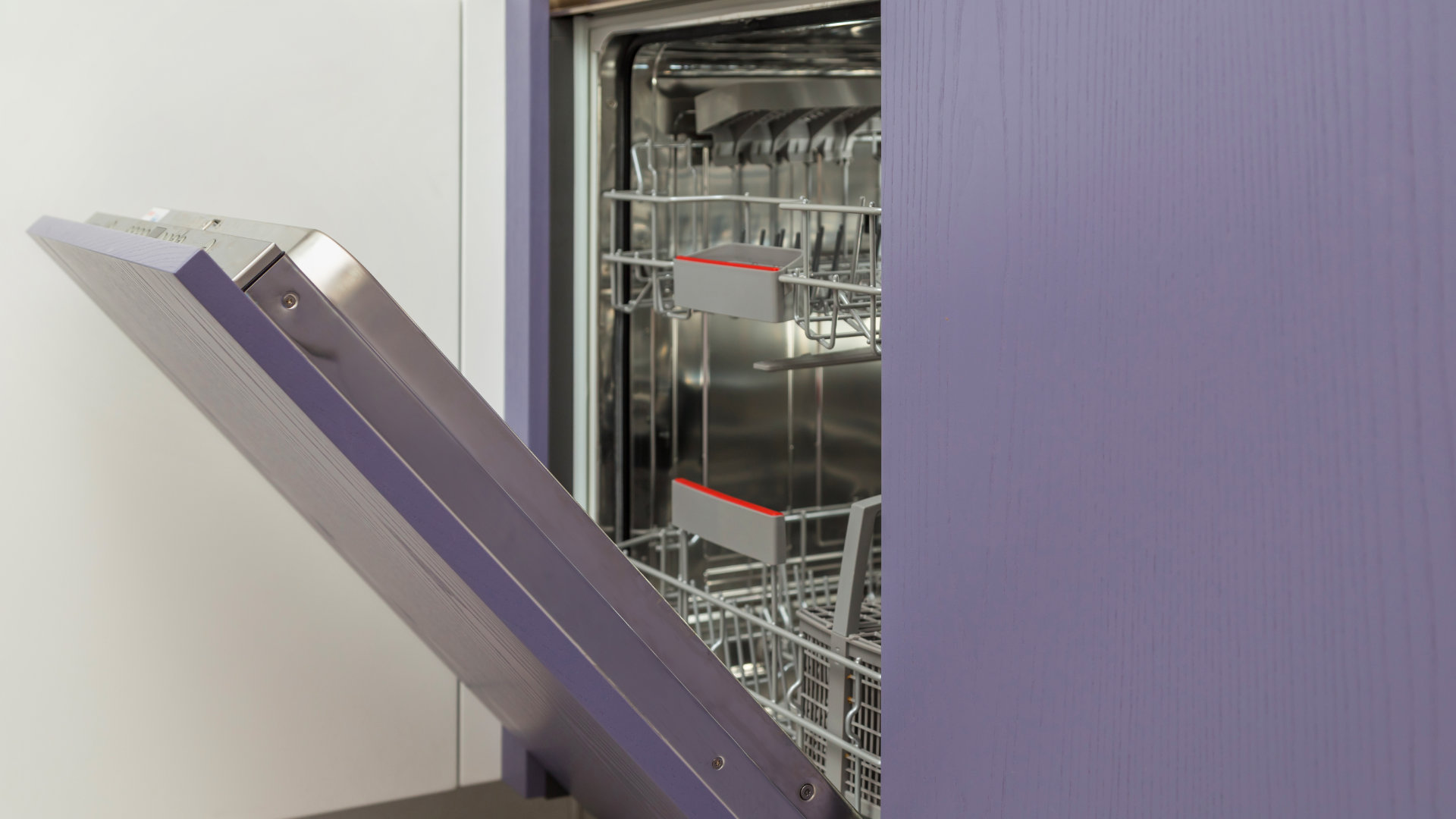
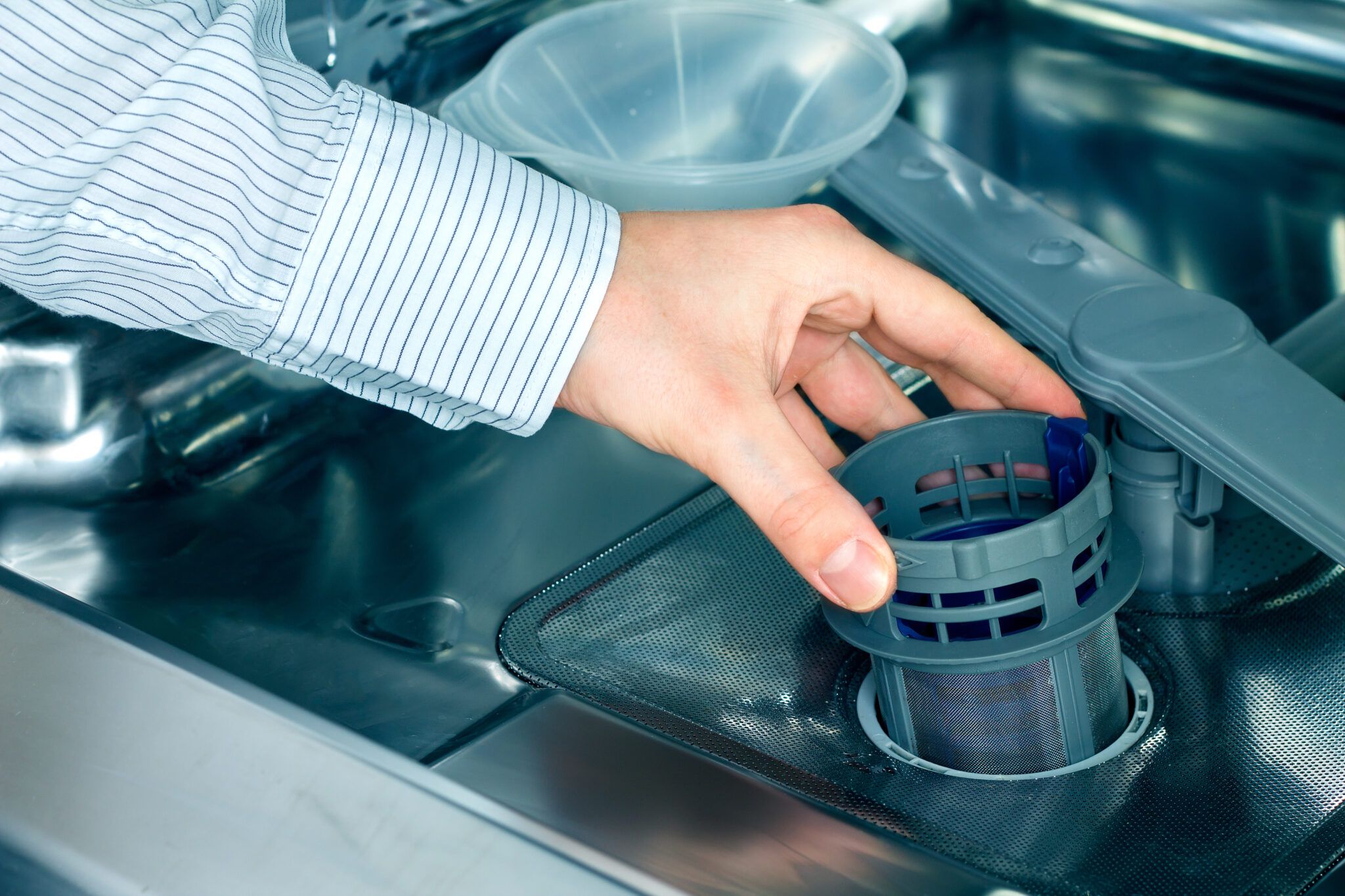
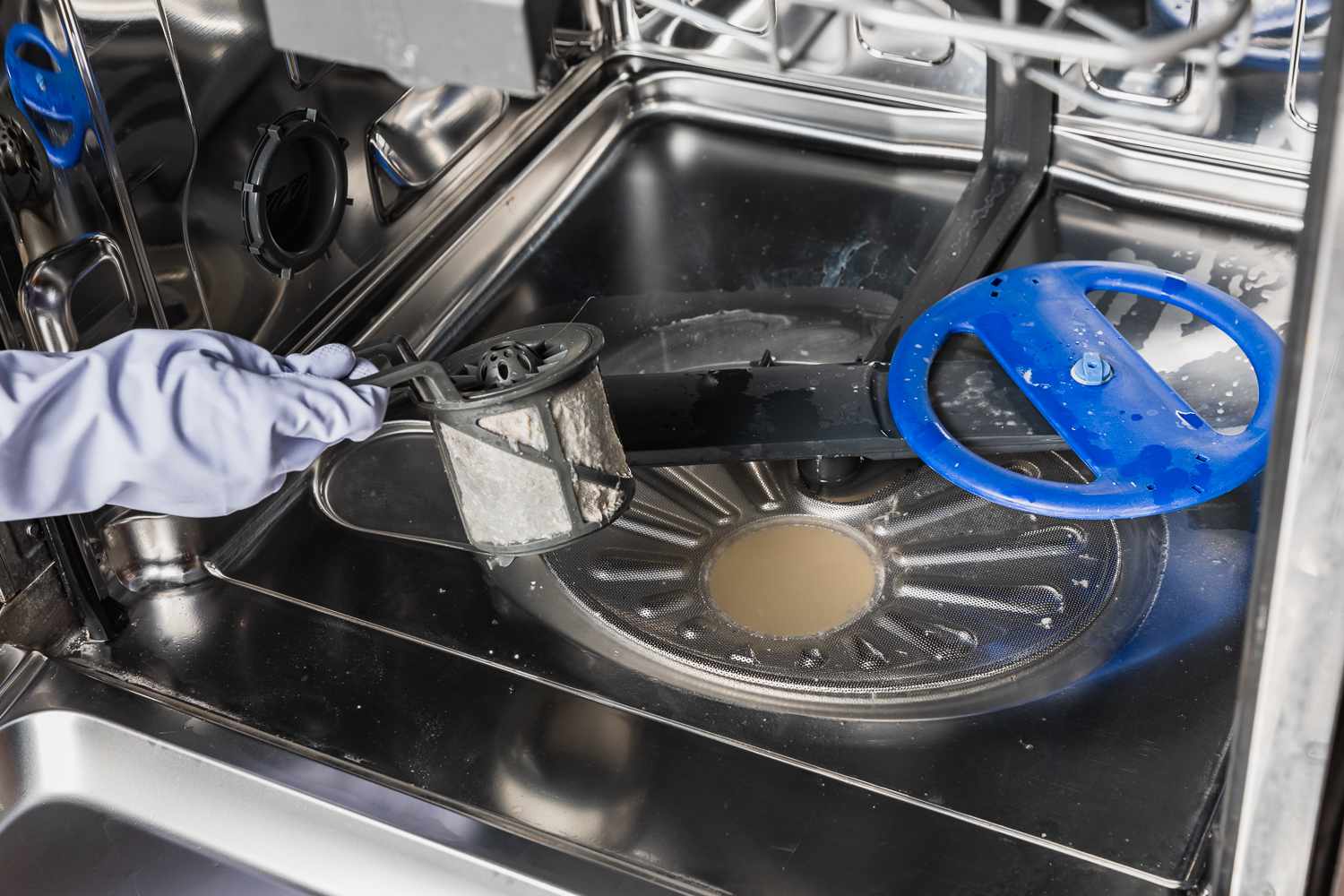
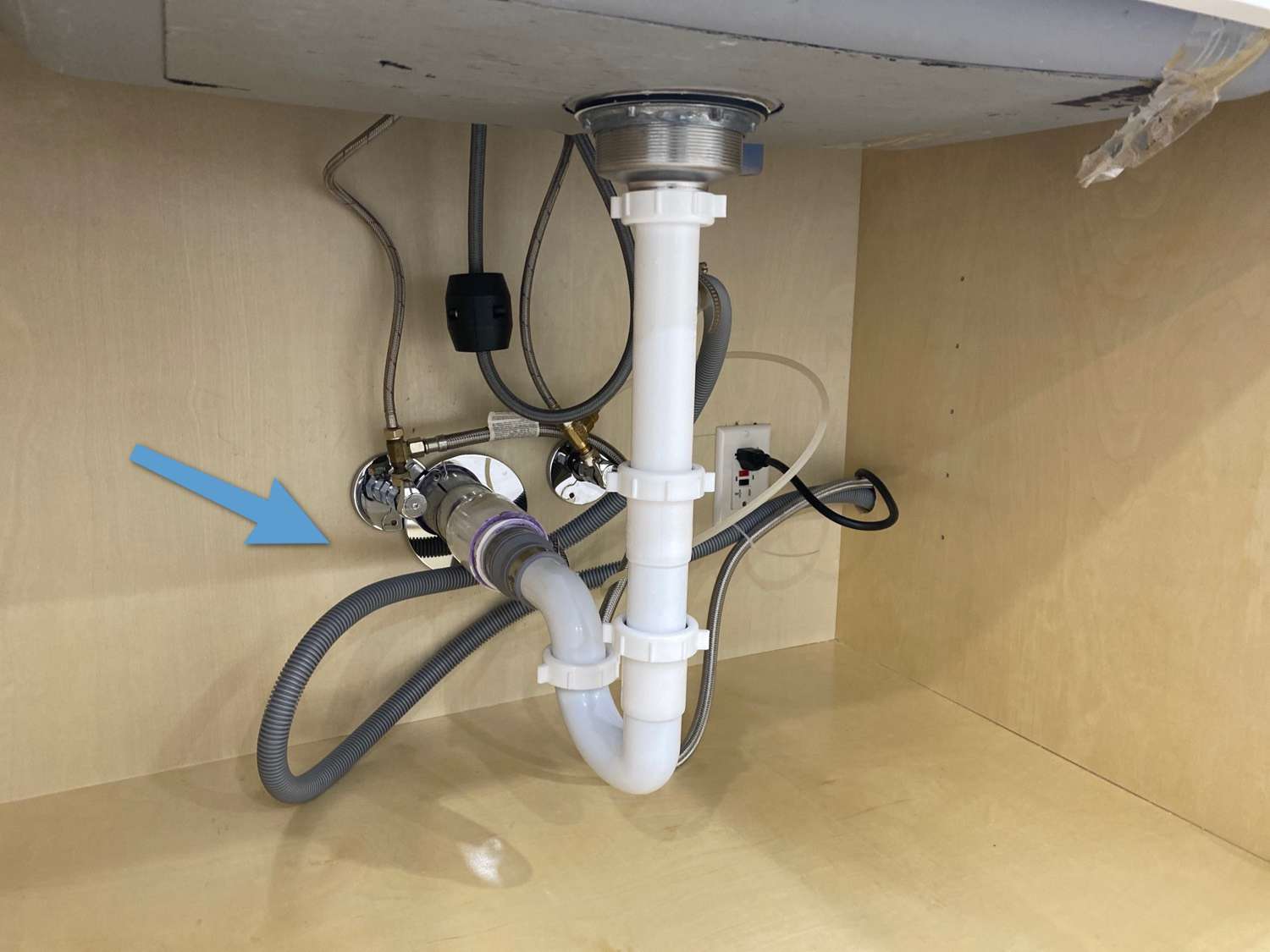
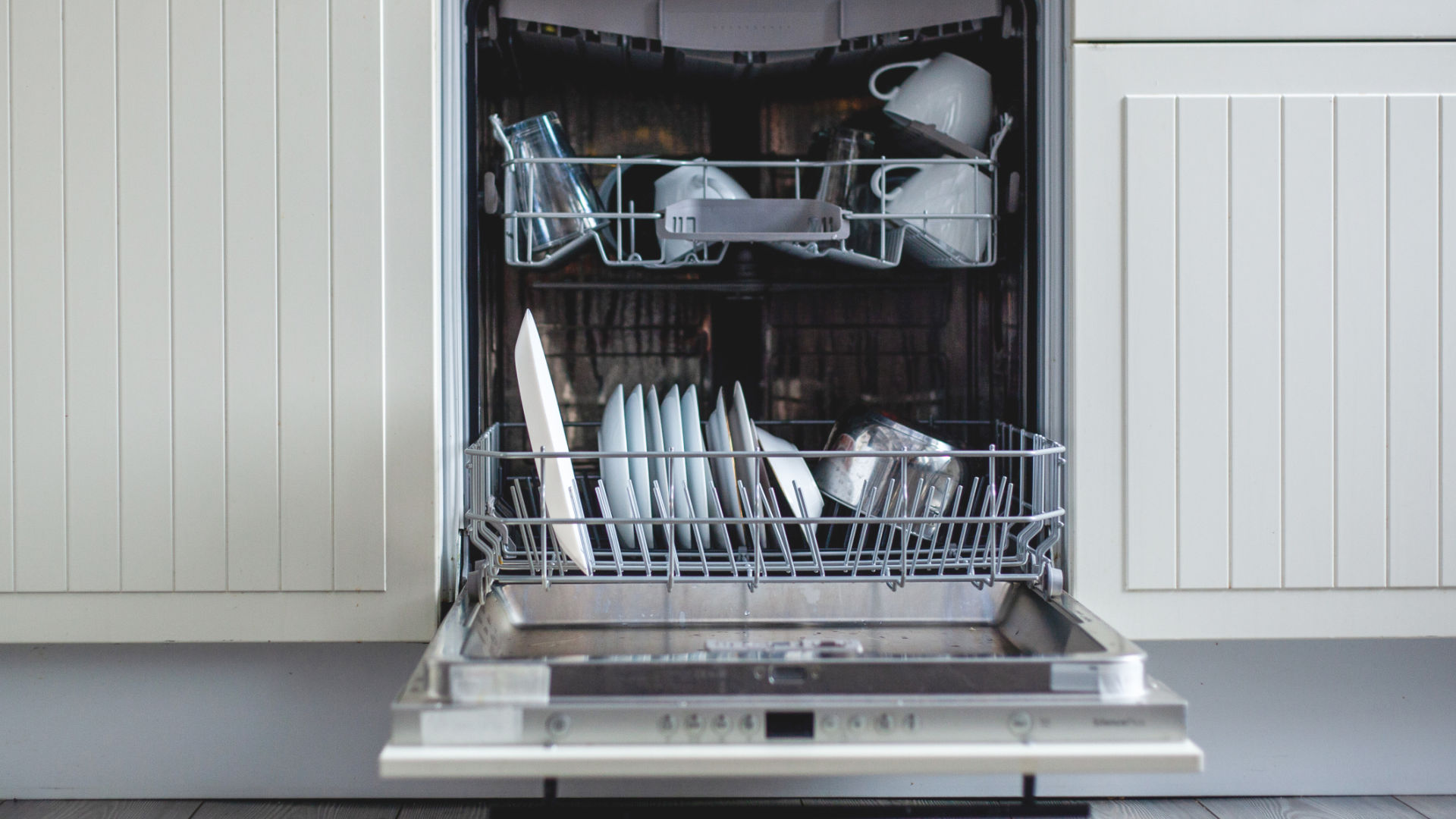
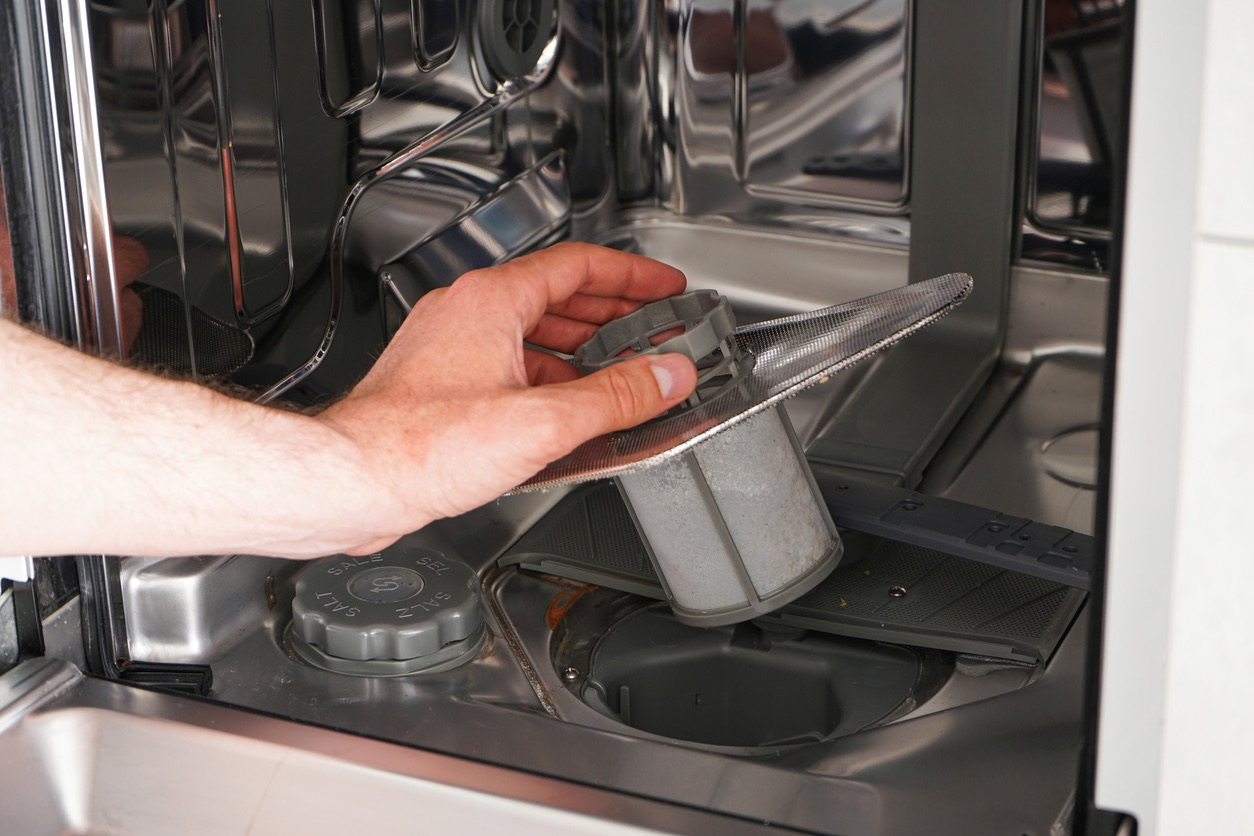
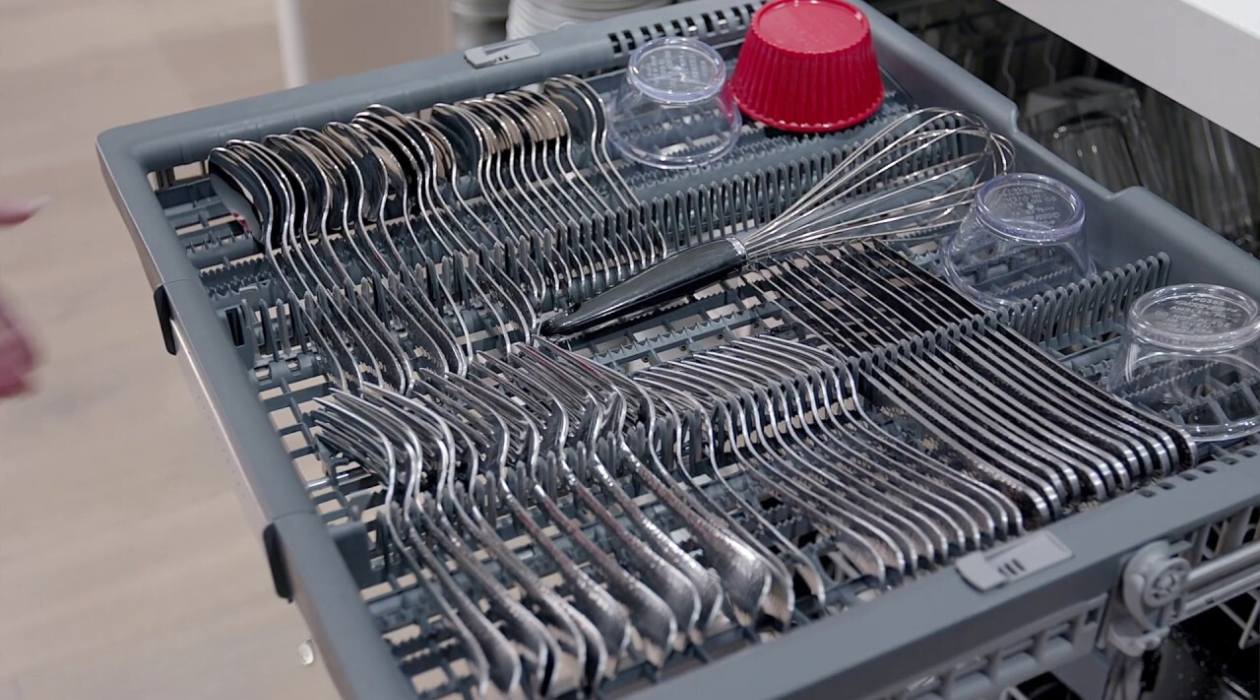
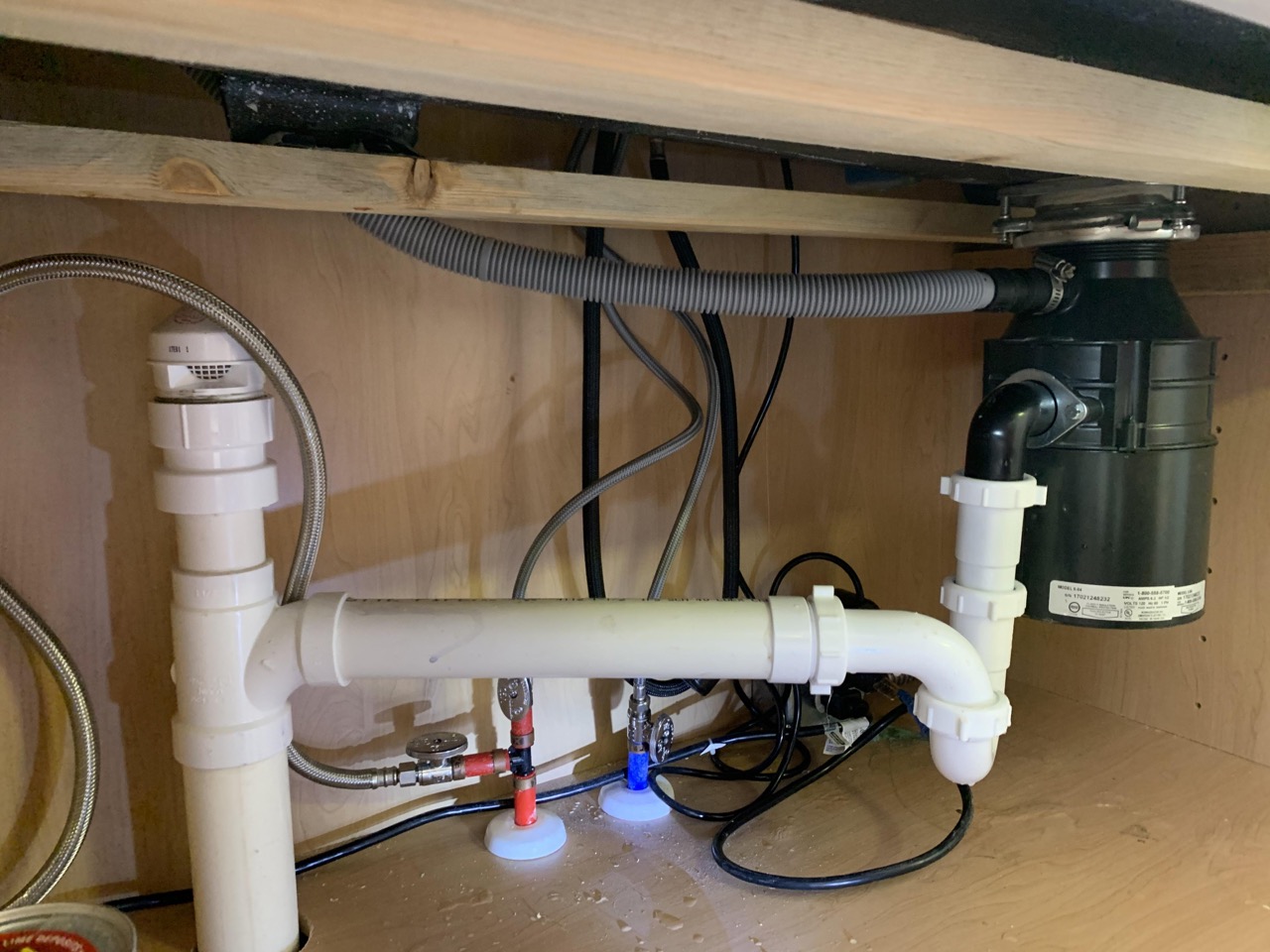
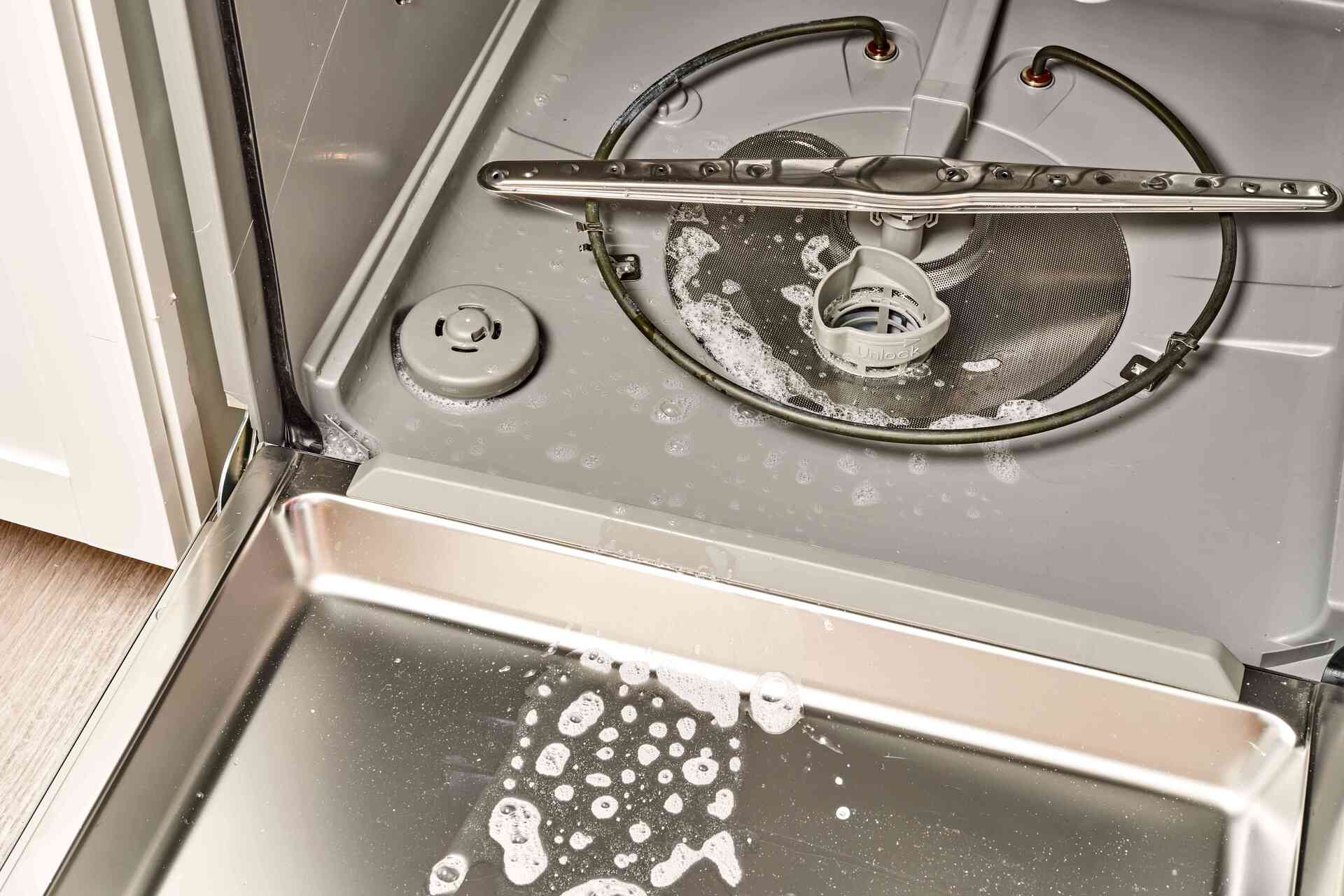
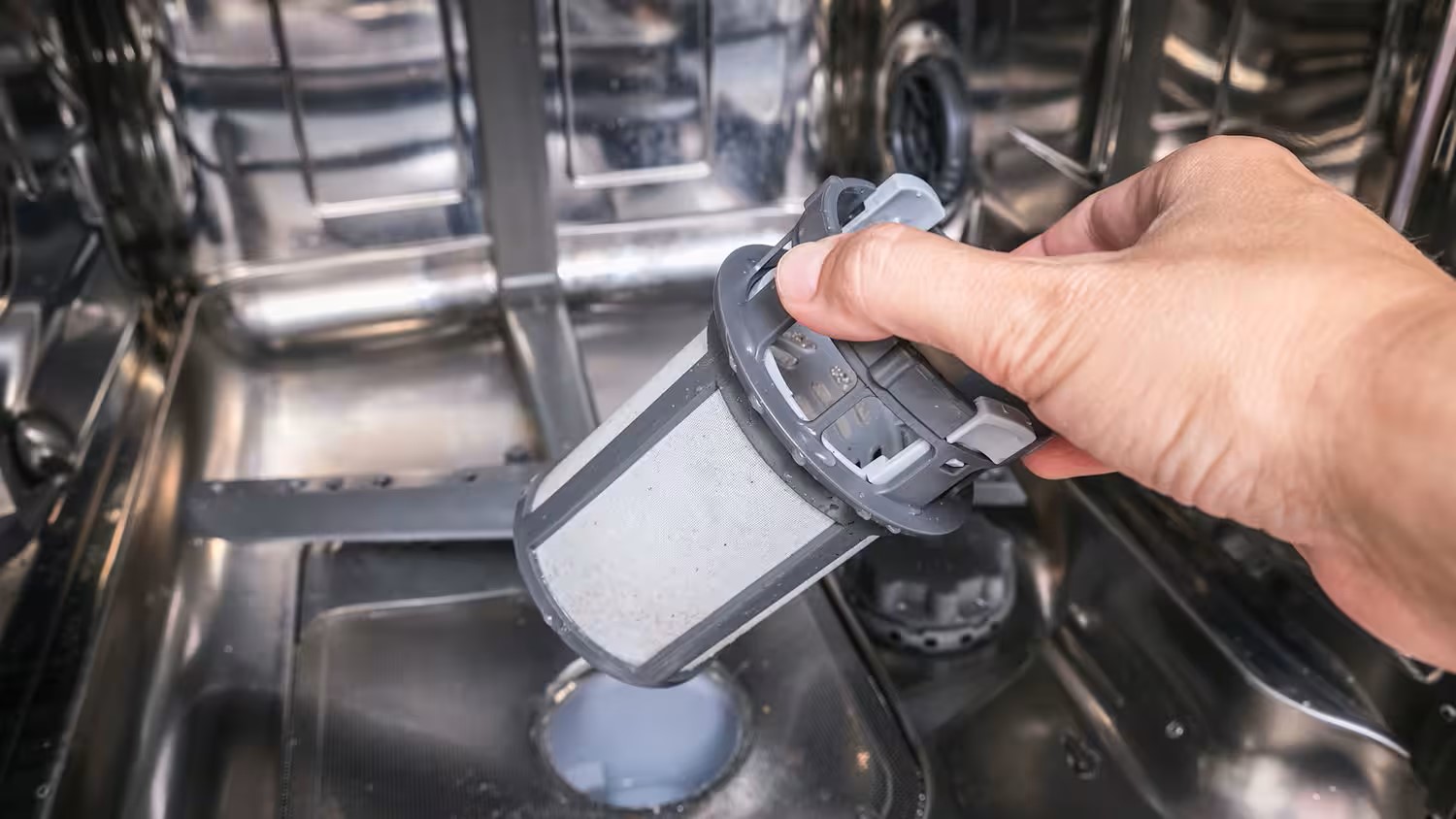
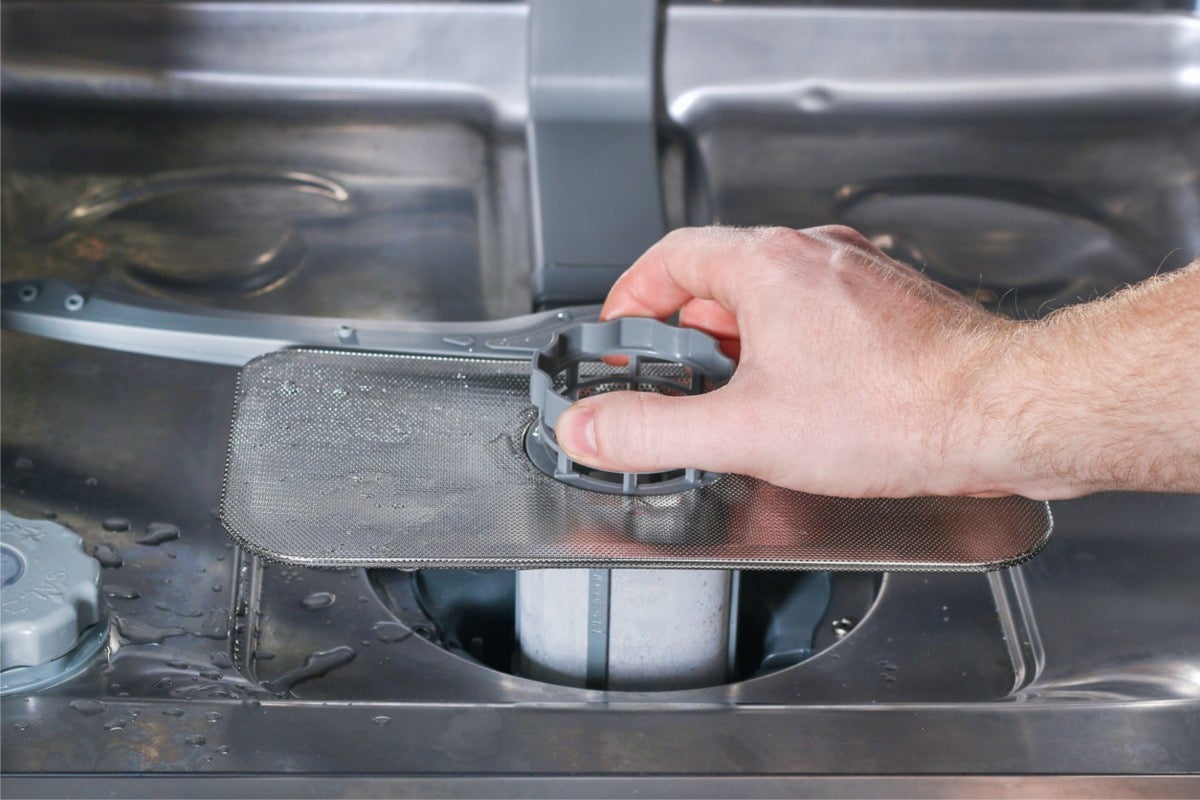
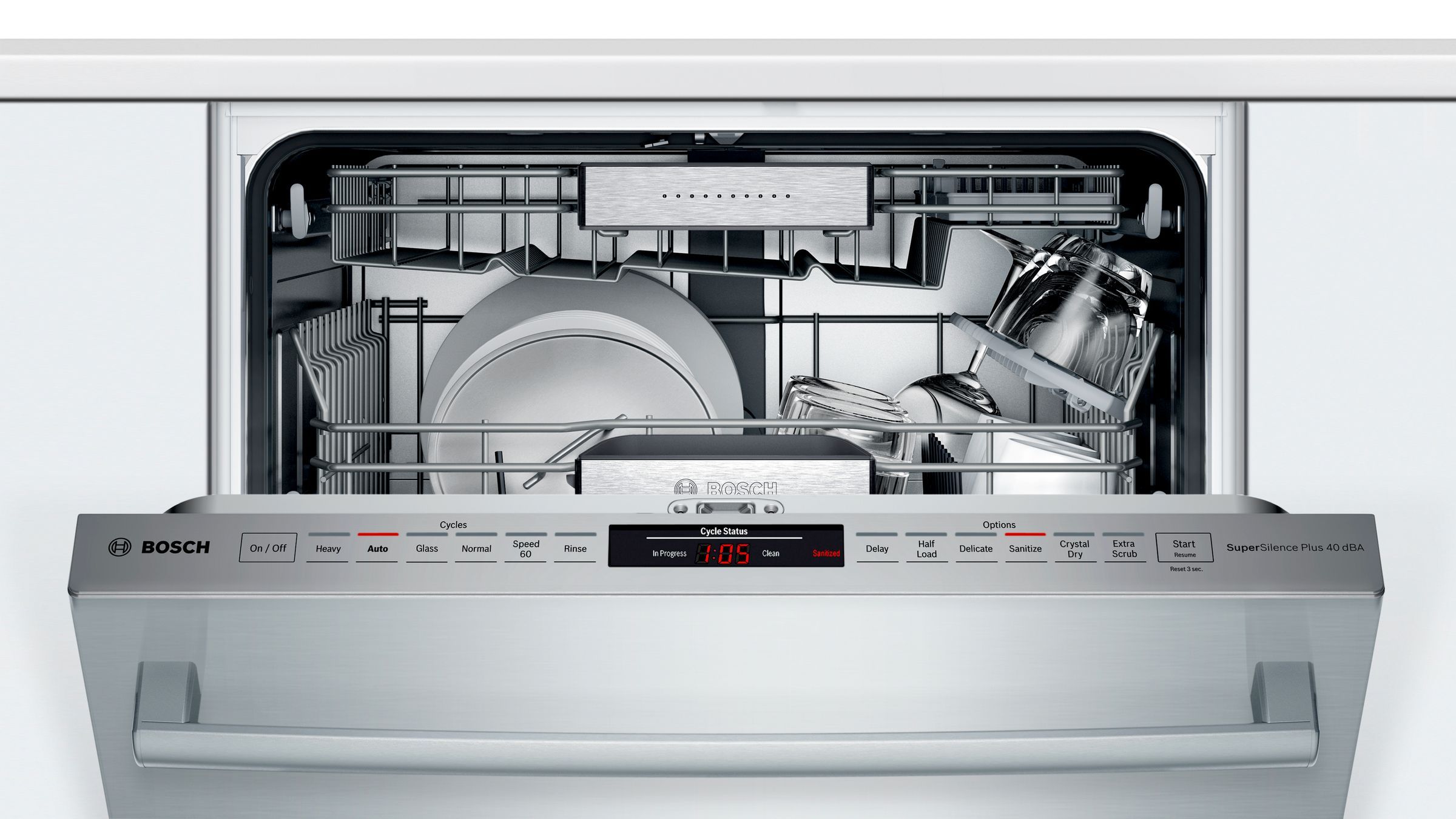
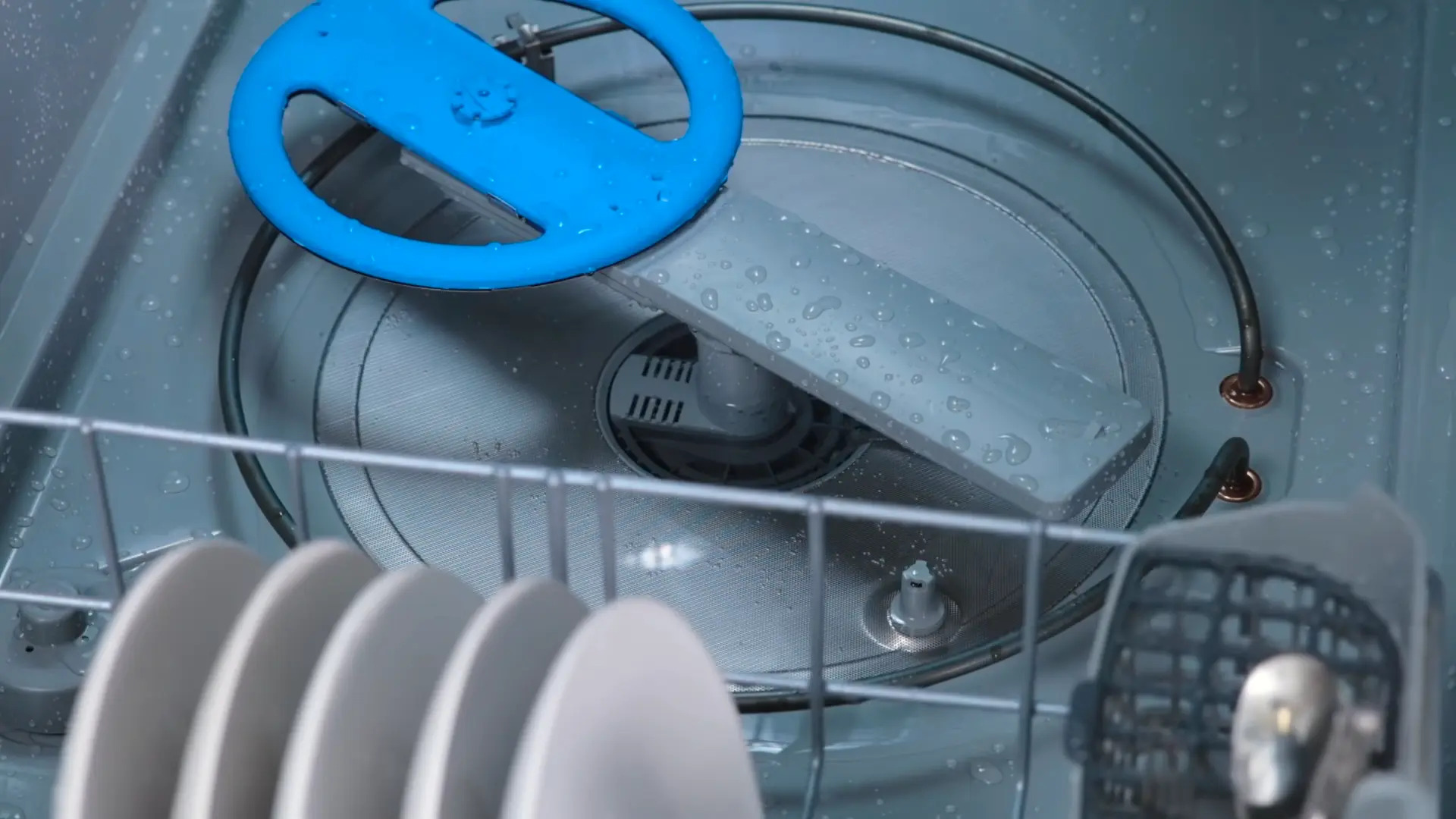

0 thoughts on “How To Drain A Bosch Dishwasher”